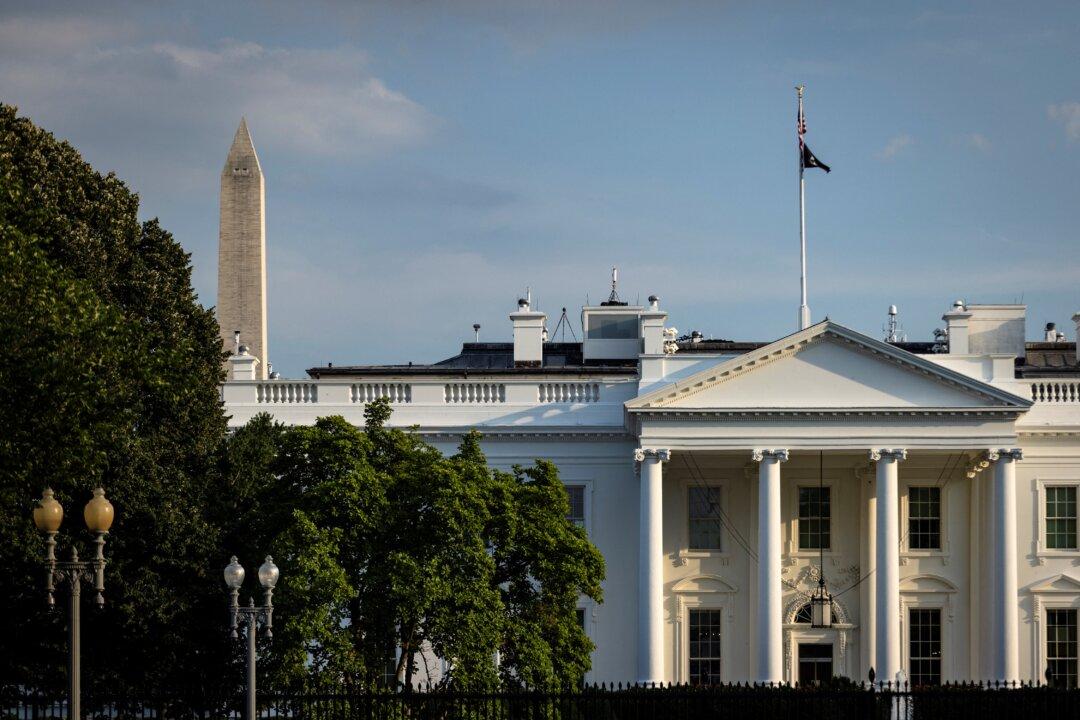Over the past several years, we have seen incident after incident that has shown that the “kids are not alright,” particularly teenagers, whose rates of depression, self-harm, substance abuse, and suicide continue to rise at alarming rates.
As sociologists, psychologists, and others search for the reason this is happening, signs increasingly point to the role that social media plays in making the teenage years increasingly difficult to navigate, for both children and parents.
Teens, whose brains don’t become hard-wired until they’re in their twenties, are assaulted by various social media platforms seeking to entice them to sign up so they don’t miss “the fun.” The result is that they often engage in actions without understanding the consequences they might face, both short-term and long-term.
These platforms, like Instagram, Snapchat, Omegle, Twitter, TikTok, and Facebook, are like the foxes in Pinocchio. They promise “Pleasure Island” of untold fun and rewards but instead lead many teens, just like the foxes did to Pinocchio, down a dark path that leads to their alienation from friends and family, and in the worst cases, their destruction.
Meanwhile, the social media platforms, along with the entire tech industry, just walk away, whistling in the darkness without any accountability for introducing impressionable teenagers to a world where they are ridiculed by peers, targeted by predators seeking to do them harm, lured into watching hardcore pornography, and in the worst cases, seduced into sharing or performing sexual acts online that are then trafficked and will traumatize them for the rest of their lives.
A major part of the issue has been Section 230 of the Communications Decency Act of 1996 which explicitly protected social media platforms from liability if they removed any material deemed to be “obscene, lewd, lascivious, filthy, excessively violent, harassing, or otherwise objectionable.”
While the original intent might have been admirable, successive court challenges led to rulings that expanded Section 230 to shield these social media platforms from liability even if they know about the unlawful content that exists on their sites. In addition, it shields these companies from liability from the content moderation decisions they make, including ones to not take down child sexual abuse material from their sites.
Meanwhile, faced with little or no protection from those seeking to do harm, many parents and teenagers feel helpless against the onslaught of online threats they face every time they log on to their computers.
The Institute for Family Studies suggests five commonsense policy changes that would make the internet a much safer place for teens. They are: (1) Mandate age-verification laws for accessing pornography websites and social media platforms; (2) Require parental consent for contractual offerings over the internet for those under 18; (3) Mandate full parental access to minors’ social media accounts; (4) Enact a complete shut-down of social media platforms at night for children; and (5) Create causes of action for parents to seek legal remedies with presumed damages.
These policies would seem to make sense, and there are some forms of legislation taking these steps being proposed at the state and federal level. But unfortunately, rather than taking responsibility for the harm they’re causing teens, these social platforms act like Sergeant Schultz on the old “Hogan’s Heroes” show: “We see nothing, we hear nothing, we say nothing.”
But it’s also time for these social media platforms to no longer stand on the street corner and entice teenagers with empty rewards. Parents and children need more than just a carrot; they also need the stick. These steps, as proposed by the Institute for Family Studies, are a start to restoring a world where children, teens, and parents can breathe easier every time to go online. The ball is in the court of state and federal legislatures. Let’s hope they don’t drop it, for the teenagers of today and tomorrow.





